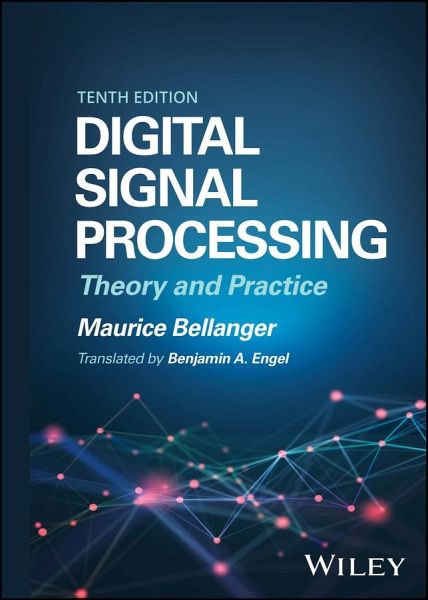
Digital Signal Processing
Theory and Practice
Übersetzer: Engel, Benjamin A
Versandkostenfrei!
Versandfertig in 2-4 Wochen
153,99 €
inkl. MwSt.
Weitere Ausgaben:

PAYBACK Punkte
77 °P sammeln!
Understand the future of signal processing with the latest edition of this groundbreaking text Signal processing is a key aspect of virtually all engineering fields. Digital techniques enormously expand the possible applications of signal processing, forming a part of not only conventional engineering projects but also data analysis and artificial intelligence. There are considerable challenges raised by these techniques, however, as the gulf between theory and practice can be wide; the successful integration of digital signal processing techniques requires engineers capable of bridging this g...
Understand the future of signal processing with the latest edition of this groundbreaking text Signal processing is a key aspect of virtually all engineering fields. Digital techniques enormously expand the possible applications of signal processing, forming a part of not only conventional engineering projects but also data analysis and artificial intelligence. There are considerable challenges raised by these techniques, however, as the gulf between theory and practice can be wide; the successful integration of digital signal processing techniques requires engineers capable of bridging this gulf. For years, Digital Signal Processing has met this need with a comprehensive guide that consistently connects abstract theory with practical applications. Now fully updated to reflect the most recent developments in this crucial field, the tenth* edition of this seminal text promises to foster a broader understanding of signal processing among a new generation of engineers and researchers. Readers of the new edition of Digital Signal Processing will also find: * Exercises at the end of each chapter to reinforce key concepts * A new chapter covering digital signal processing for neural networks * Handy structure beginning with undergraduate-level material before moving to more advanced concepts in the second half Digital Signal Processing is a must-own for students, researchers, and industry professionals in any of the hundreds of fields and subfields that make use of signal processing algorithms. *This is the English language translation of the French original Traitement Numérique du Signal 10th edition by Maurice Bellanger (c) Dunod 2022 and is the 4th edition in English.



